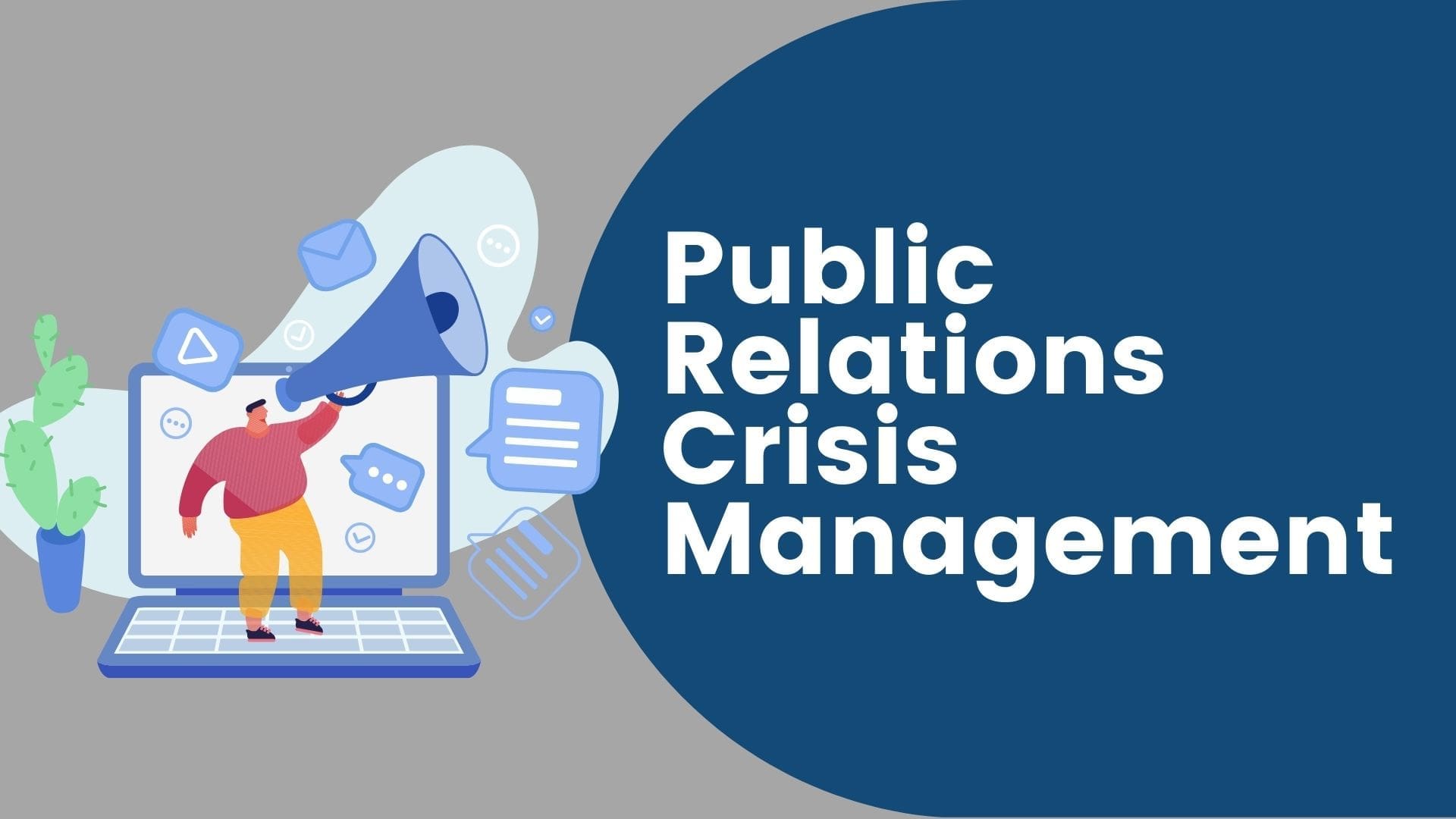
In today’s fast-paced and interconnected world, a public relations crisis can strike at any time, leaving even the most well-prepared businesses scrambling to respond. Public relations crisis management is the process of identifying, responding to, and recovering from an event that has the potential to damage a company’s reputation. Effectively handling a crisis is crucial for maintaining customer trust and ensuring the long-term success of your business. In this step-by-step guide, we will walk you through the process of managing a public relations crisis from start to finish.
The first step in public relations crisis management is recognizing that a crisis has occurred. This involves:
It’s essential to act quickly and gather as much information as possible to make informed decisions about your response. Check out our business dashboard for tools to help monitor your company’s online presence and stay ahead of potential issues.
Once you’ve identified the crisis, it’s time to develop a response plan. This should include:
A well-developed response plan is essential for effectively managing a public relations crisis. Consider investing in reputation management services to help navigate these challenging situations with confidence.
With your response plan in place, it’s time to craft your message. This involves:
Clear and consistent messaging is crucial for maintaining trust and credibility during a public relations crisis. For more guidance on managing your company’s reputation, check out our blog post on how to manage your reputation and reviews.
Once your messaging is ready, you need to select the appropriate communication channels to reach your target audience. This may include:
In today’s digital age, choosing the right communication channels is critical for reaching your audience and successfully managing a public relations crisis. For tips on improving your online reputation, check out our blog post on 5 ways to enhance your business’s online reputation.
After the initial crisis response, it’s important to analyze the outcome and identify areas for improvement. This includes:
Remember that recovering from a public relations crisis takes time and ongoing effort. For a comprehensive guide on managing your business reputation, visit our complete guide to managing your business reputation.
In conclusion, public relations crisis management is a critical aspect of running a successful business. By following this step-by-step guide, you can effectively recognize, respond to, and recover from a crisis, helping to maintain customer trust and protect your company’s reputation. Remember that being proactive and prepared is key to minimizing the impact of a public relations crisis.
1. What are common mistakes to avoid during a crisis?
Some common mistakes include downplaying the issue, not responding quickly enough, providing inconsistent messaging, and failing to take responsibility for the problem.
2. How long should my response take?
Ideally, you should respond to a public relations crisis as quickly as possible. The sooner you address the issue, the better your chances are of controlling the narrative and protecting your reputation.
3. What should I do if my company is falsely accused?
If your company is falsely accused, it’s important to respond quickly and provide factual information to correct the inaccuracies. Be transparent and provide supporting evidence where appropriate.
4. How can I prevent future crises?
Preventing future crises involves regularly monitoring your company’s online and offline presence, investing in reputation management services, and having a crisis communication plan in place before a crisis occurs.
5. How can I restore my company’s reputation after a crisis?
Restoring your company’s reputation after a crisis takes time and consistent effort. Be transparent, take responsibility for the issue, continuously communicate with stakeholders, and demonstrate the steps you’re taking to prevent future incidents.
You must be logged in to post a comment.
